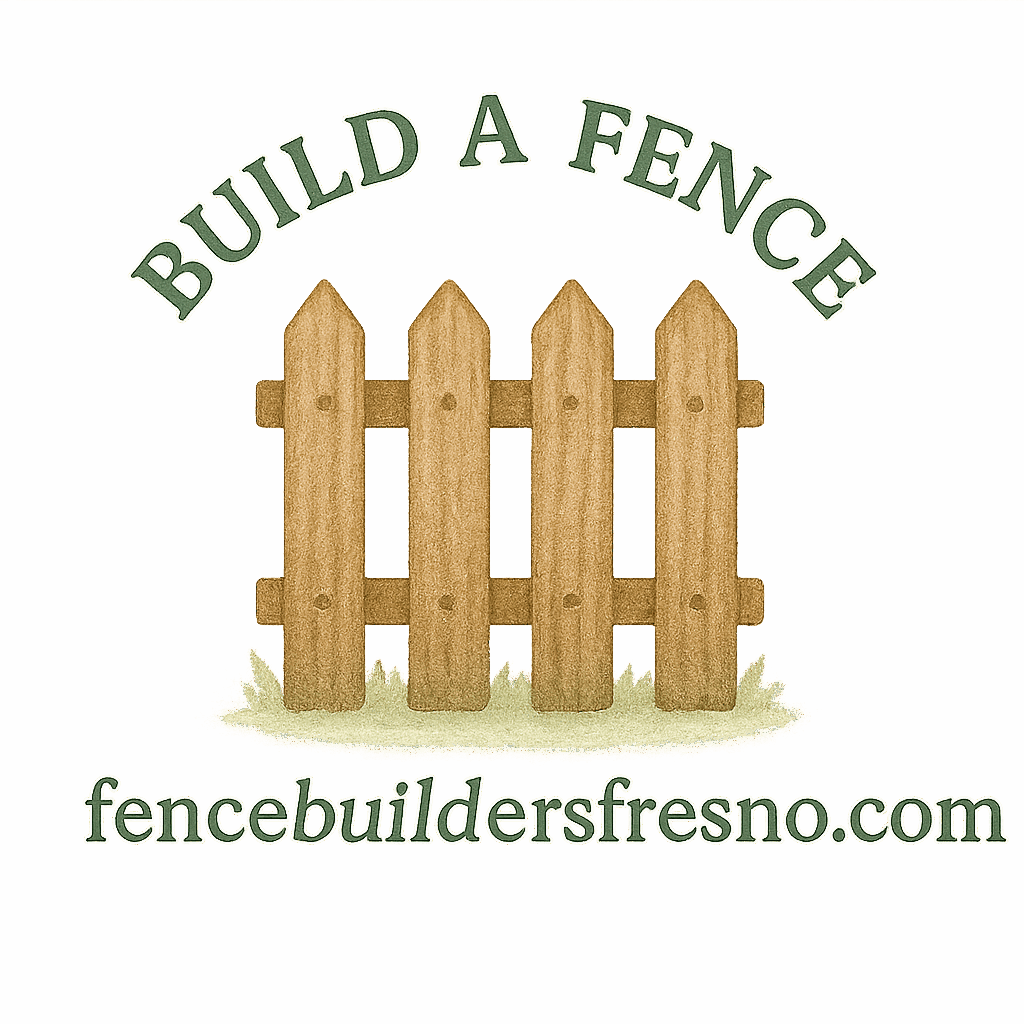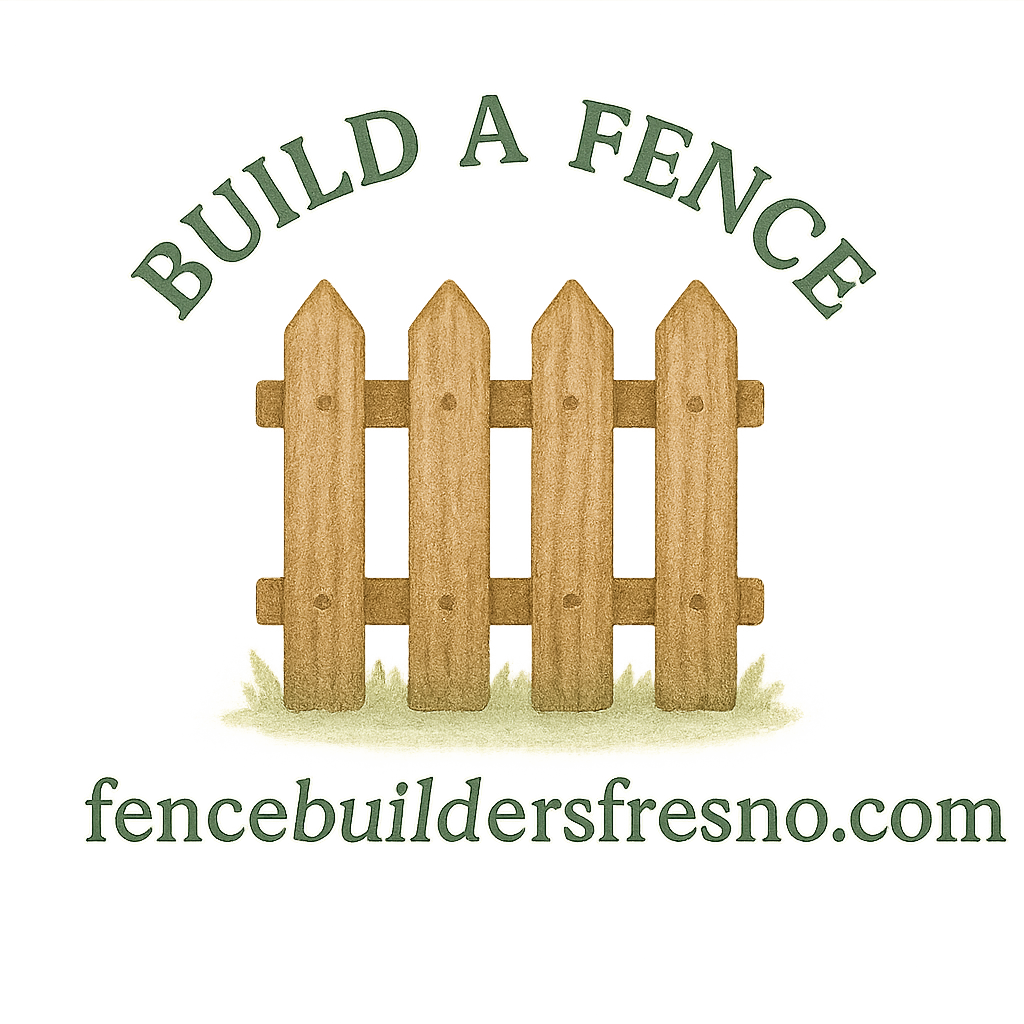Introduction
Thinking about building a fence? You’ve probably faced the big decision: should you hire a professional or take the DIY route? While professional installers bring experience, DIY fencing planning gives homeowners flexibility, savings, and a deeper sense of satisfaction. In fact, planning your own fence comes with a range of benefits that many people overlook.
In this guide, we’ll explore seven powerful benefits of DIY fencing planning over professional installation, along with helpful tips, comparisons, and advice to ensure your project turns out just the way you imagine.
Why Fence Planning Matters
A fence is more than just a boundary—it’s security, privacy, curb appeal, and a reflection of your personality. Careful planning ensures your fence fits your property, aligns with local laws, and meets your long-term needs. Whether you want a low-maintenance vinyl fence, a rustic wood design, or a durable decorative option, proper planning is the foundation for success.
Benefit 1: Cost Savings with DIY Fencing Planning
One of the biggest advantages of DIY fence planning is the money you’ll save.
Avoiding High Labor Costs
Hiring professionals can eat up a big chunk of your budget. Labor costs alone sometimes equal or even exceed material costs. By taking charge of your own fence building basics, you eliminate that extra expense and invest directly in better materials.
Controlling Material Expenses
DIY planning gives you freedom to shop around for the best deals on wood, vinyl, or metal. You can buy exactly what you need without being upsold unnecessary extras.

Benefit 2: Full Creative Control
DIY fence planning puts design power in your hands.
Customizing Fence Design
Professionals often stick to standard layouts, but when you’re in control, you can think outside the box. Want a decorative fence in your front yard or a tall privacy barrier for your backyard? The choice is entirely yours.
Choosing Materials That Fit Your Style
Do you love the warmth of wood or the sleekness of vinyl? DIY planning ensures your choices reflect your personality instead of a contractor’s convenience.
Benefit 3: Flexibility and Convenience
Life is busy, and sometimes scheduling with contractors is more of a headache than a help.
Work at Your Own Pace
Instead of rushing to meet a contractor’s timeline, you can plan and build your fence in stages. Need to take a weekend off? No problem—your project will be waiting.
No Scheduling Conflicts with Contractors
We’ve all experienced the frustration of waiting for service providers who show up late or reschedule. With DIY fencing, you’re in charge of the timeline.
Benefit 4: Improved Knowledge and Skills
Every DIY project teaches you something new.
Learning Hands-On Construction
From setting posts to aligning panels, planning your own fence gives you real-world skills you’ll use for future projects.
Understanding Property Lines and Legal Considerations
DIY fence planning pushes you to learn about property lines and legal fencing. This knowledge protects you from costly mistakes like fence encroachment or disputes with neighbors.
Benefit 5: Long-Term Satisfaction
There’s nothing like enjoying a project you built yourself.
Pride of Building It Yourself
Every time you see your fence, you’ll feel proud knowing it’s your handiwork. That sense of accomplishment is priceless.
Greater Appreciation for Maintenance and Upkeep
When you’ve invested time and effort, you’ll be more motivated to follow fence maintenance and repair practices—like staining wood or washing vinyl—to keep your fence looking new.
Benefit 6: Better Budget Management
DIY fencing planning helps you avoid financial strain.
Phased Projects for Financial Flexibility
Can’t afford the entire fence at once? DIY planning allows you to build in phases—starting with the most critical areas and finishing the rest later.
Prioritizing Upgrades as Needed
You get to decide where to splurge and where to save. Maybe you invest in durable fencing for the backyard while using a simpler style for the front.
Benefit 7: Stronger Connection to Your Property
DIY planning makes your property feel more personal.
Building with Purpose
Instead of settling for a cookie-cutter design, your fence becomes a reflection of your needs and lifestyle.
Adding Personal Value Beyond Money
The meaning and satisfaction of a DIY fence extend beyond dollars—it’s a physical extension of your home created by your own hands.
Comparing DIY Fencing Planning vs. Professional Installation
Let’s weigh the options.
Pros and Cons of DIY
- Pros: Cost savings, creative control, flexible scheduling, skill-building.
- Cons: Time-intensive, learning curve, tool investment required.
Pros and Cons of Professional Services
- Pros: Faster installation, expertise, warranties.
- Cons: High costs, less control, reliance on contractor availability.
See more comparisons here: fence types and comparisons.
Common Mistakes in DIY Fencing Planning (and How to Avoid Them)
Some pitfalls include:
- Ignoring property lines.
- Skipping permits.
- Setting posts incorrectly.
- Choosing the wrong materials for your climate.
You can avoid these errors by using a reliable fence guide before starting.
Tools and Resources for Effective Fence Planning
A successful project needs:
- Measuring tape, post-hole digger, saw, level, drill.
- Online design planners.
- Step-by-step resources from Fence Builders Fresno.
Legal and Property Considerations for DIY Fence Builders
Never overlook the legal side of things. Always:
- Check zoning codes.
- Apply for permits when necessary.
- Respect property rights to avoid disputes.
- Discuss plans with neighbors.
Maintenance Tips After DIY Fence Installation
After the build, keep your fence strong and beautiful:
- Wood fences: Follow wood fence care with regular sealing.
- Vinyl fences: Wash to prevent mildew.
- Metal fences: Remove rust early.
More tips: fence upkeep tips.
Conclusion
DIY fencing planning is more than a budget-friendly choice—it’s a fulfilling experience that gives you freedom, knowledge, and pride. By choosing to plan your own fence, you gain financial savings, creative control, and a deeper connection to your home. While pros may offer convenience, the 7 benefits of DIY fencing planning over professional installation show that sometimes the best solution is rolling up your sleeves and building something yourself.
FAQs
1. Is DIY fencing planning cheaper than hiring a pro?
Yes, because you avoid labor costs and control your material expenses.
2. How do I make sure I don’t build on my neighbor’s property?
Always review property lines and use surveys before starting.
3. What tools do I need for DIY fencing planning?
Basics include a tape measure, post-hole digger, saw, level, and drill.
4. Can I design a decorative fence on my own?
Absolutely! Use decorative fence ideas for inspiration.
5. How do I avoid common DIY fencing mistakes?
Follow fence installation guides and research before digging.
6. Is DIY fencing durable enough for long-term use?
Yes—especially if you choose durable fencing materials and maintain them properly.
7. What’s the biggest advantage of DIY fence planning?
The pride and satisfaction of building something with your own hands.


